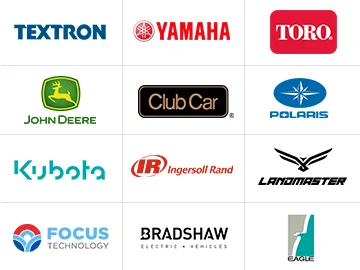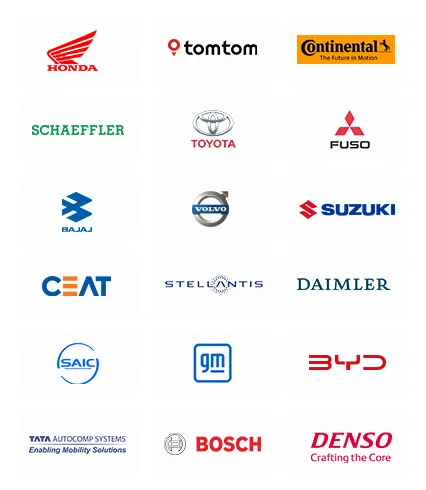Low-Speed Vehicles Market Future Prospect
The estimated size of the low-speed vehicles market will be USD 438.9 million in 2024, which is projected to grow at a CAGR of 7.4% from 2024-2030, reaching USD 674.1 million by 2030.
The vehicles are generally four-wheeled, with the highest speed of 25 miles per hour and a gross weight of less than 2,500 lbs. Additionally, they perfectly satisfy the federal motor vehicle safety standards. These vehicles are used to cover short distances within regulated environments, such as hospitals, universities, resorts, and sports arenas.
One of the most-important factors that drives the market is the capability of these automobiles to reduce the environmental impact. Unlike conventional vehicles, which operate on gasoline, diesel, and other petroleum fuels and produce many harmful gases, these vehicles usually operate on electricity. Due to this, they do not produce tailpipe emissions, as a result contributing to the reduction of the emission of harmful gases and air pollution.
As per the NITI Aayog, electric vehicles can convert 60% of the electrical energy from the grid into power for wheels. Conversely, vehicles that operate on diesel and petrol can only convert 17–21% of the chemical energy into motive power, which results in the wastage of around 80% of the energy. Hence, low-speed electric vehicles are gaining popularity due to their lower maintenance costs, eco-friendly nature, and zero carbon footprint.
In addition, nowadays, governments are more focused on implementing stringent rules and regulations against hazardous emissions, due to which many consumers are moving toward electric vehicles.
Market players are also continuously focused on developing creative strategies and approaches to enhance the accessibility and efficiency of the transportation.





